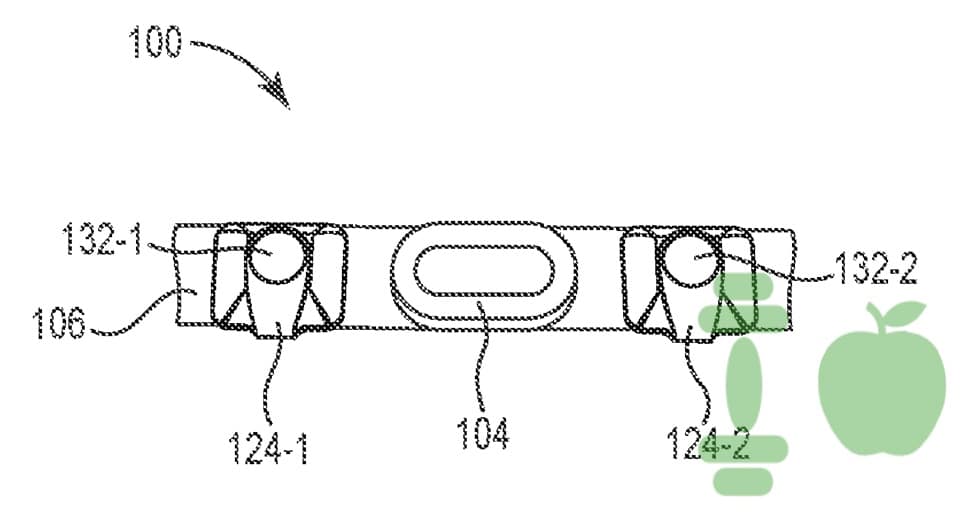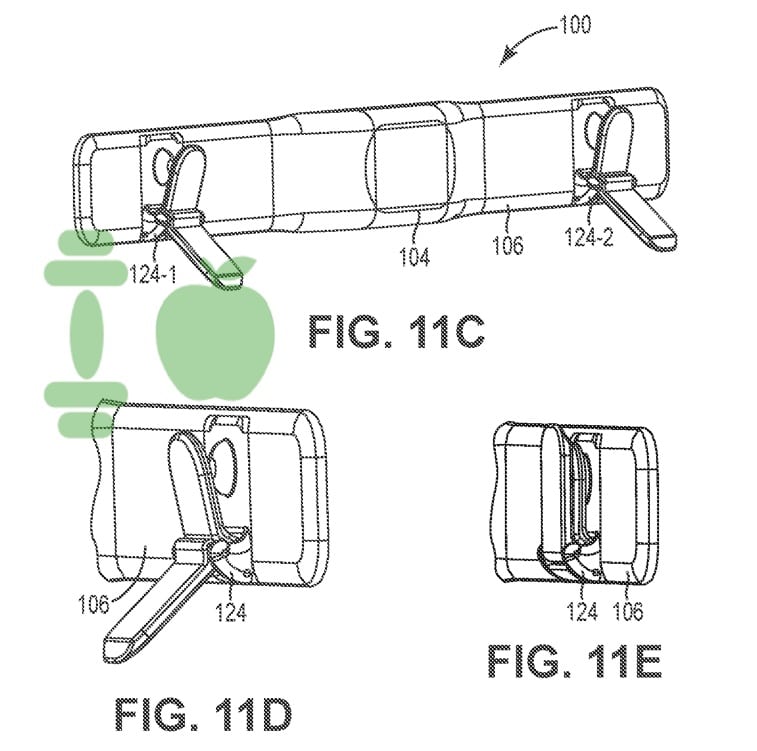Decoding the latest Garmin patent: What to expect from HRM-FIT
Just days ago, the US Patent Office (USPTO) published a new Garmin patent that provides insights into the potential features of the HRM-FIT. Submitted at the end of 2022, this patent has heightened our anticipation for the upcoming device.
Weeks before the patent’s publication, a device named HRM-FIT appeared in the records of SIRIM, Singapore’s regulatory body. Initially, we speculated that this might be a multi-functional heart rate monitor. Something that could be adaptable to various body parts, such as the chest, upper, and lower arm. However, the patent suggests a different direction.
The patent’s core components
The paperwork accompanying the filing describes a heart rate monitor system comprising electrodes, a heart rate module, and a strap. The electrodes are designed to make contact with the user’s chest and detect electrical signals from the heart. These signals are then transmitted wirelessly by the heart rate module, which calculates the heart rate data. Nothing too innovative so far.
Essential reading: Top fitness trackers and health gadgets
What sets this device apart is its unique strap design. Perhaps this is where “FIT” in the name HRM-FIT comes from.
Garmin’s patent essentially describes a heart rate monitor designed to address common pain points such as discomfort and inaccurate data. Unlike traditional heart rate monitors that are often unisex and not tailored for compatibility with other garments, Garmin’s innovative design is highly adaptable. It can accommodate a diverse range of clothing types.

The strap of the heart rate monitor is engineered to extend only across the front of the user’s torso. This eliminates the need for something that wraps around the entire circumference of the chest, a common design in traditional monitors. This not only enhances comfort but also minimises the risk of electrode dislodgement, thereby ensuring more accurate heart rate data.

In terms of attachment mechanisms, the device is nothing short of versatile. It employs a range of options such as clips, magnets, adhesives, and hook and loop fasteners. These mechanisms ensure that the heart rate monitor can be securely fastened to a variety of garments, including but not limited to sports bras. The secure attachment ensures that the electrodes are held tightly against the skin. This is crucial for collecting accurate heart rate data.

A modular design
The device essentially boasts a modular design. The heart rate module can be easily detached from the strap. This offers two main advantages: it allows for the strap to be washed separately, and it provides the flexibility to use the heart rate module with different straps or garments. This modularity extends the device’s lifespan and adaptability, making it a long-term investment for users.
As with all Garmin heart rate monitors, you can pair the device to a range of devices. This includes cycle computers, sport watches, and even global navigation satellite systems. Regardless, whether you are into cycling and running or hiking – it will have you covered.
Final thoughts
Based on the timing and details of the patent, it is highly likely that it describes the features of the forthcoming HRM-FIT device. As this has only been registered with SIRIM so far, its market launch could be a few months away, rather than weeks.
What captures attention is the potential for additional innovative features that may accompany the device. The unique design of the strap and the device’s enhanced usability already set it apart from existing models, raising expectations for a more comfortable and accurate user experience.
Like this article? Subscribe to our monthly newsletter and never miss out!

